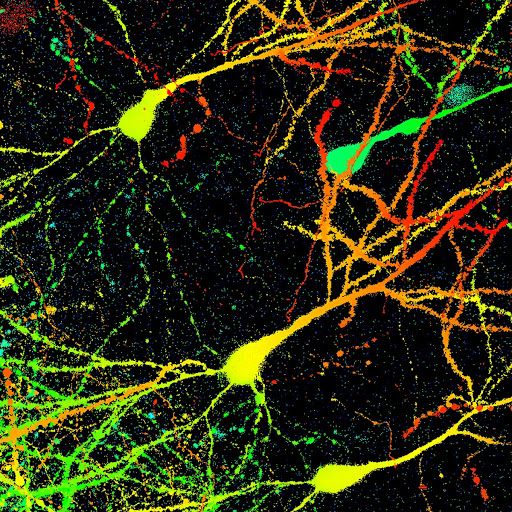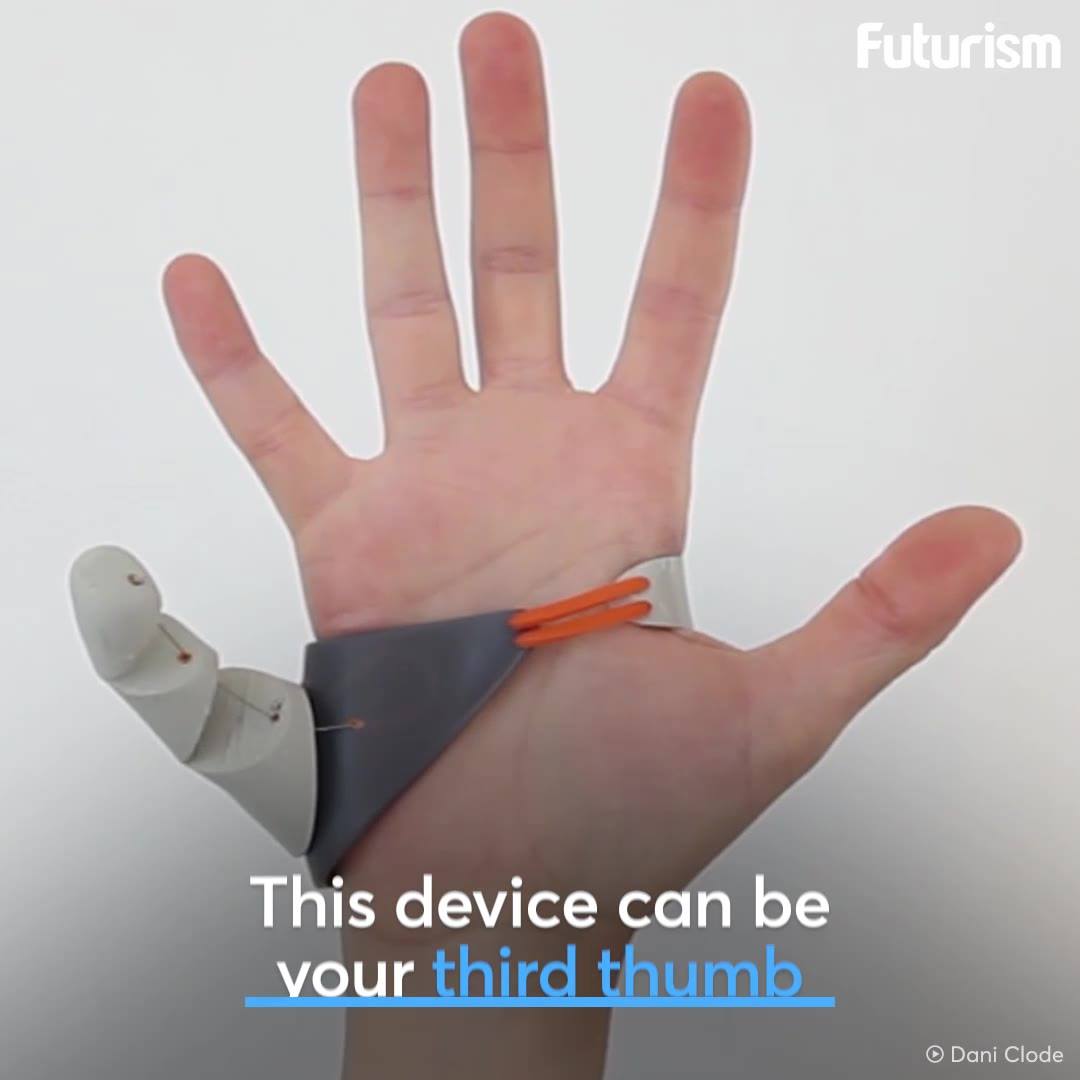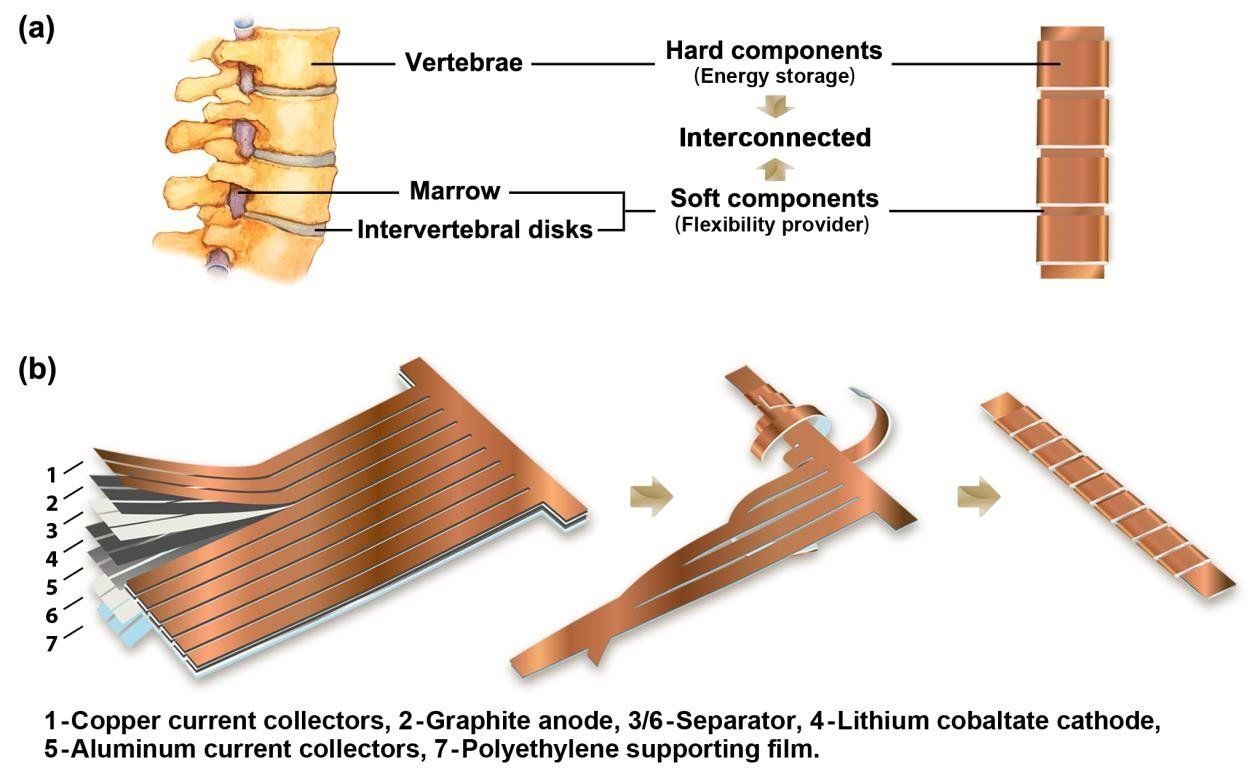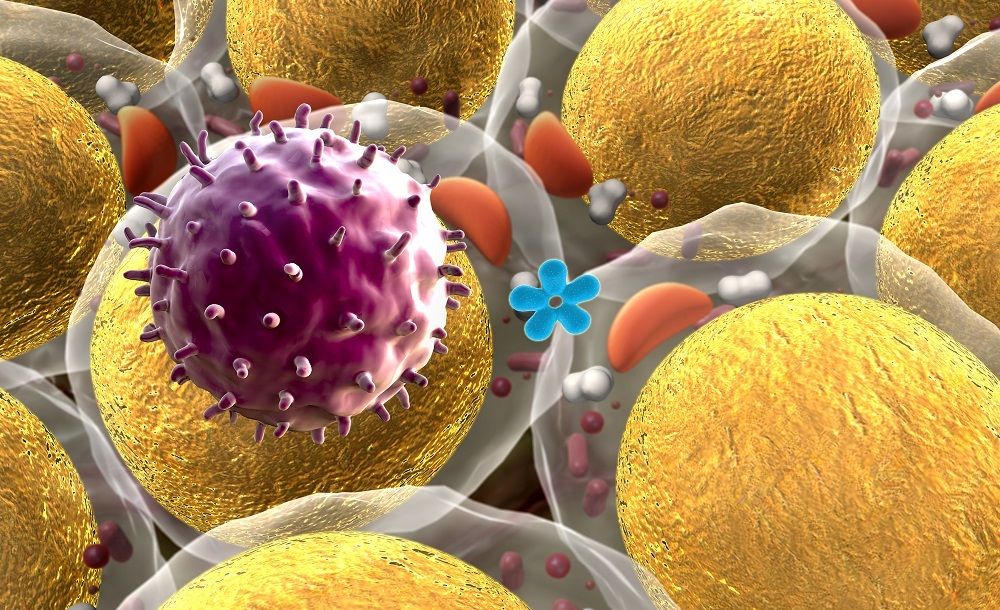Page 9716
Jan 31, 2018
Tornadoes Of Sound Can Levitate Physical Objects
Posted by Shailesh Prasad in categories: innovation, tractor beam

This tractor beam breakthrough means humans are one step closer to levitation. (via Seeker)
Jan 31, 2018
Microsoft’s New AI Creates Fake Photos From Your Words
Posted by Shailesh Prasad in category: robotics/AI
The groundbreaking software takes AI one step closer to achieving humanlike intelligence, according to its creator.
Jan 31, 2018
Researchers Discover ‘Anxiety Cells’ In The Brain
Posted by Genevieve Klien in category: neuroscience
Scientists who identified specific brain cells in mice that control anxiety say the discovery could provide insights that might eventually help people with panic disorder and social phobia.
Jan 31, 2018
Bionic device gives you a third thumb
Posted by Shane Hinshaw in categories: cyborgs, transhumanism
Jan 31, 2018
Strava’s Just the Start: The US Military’s Losing War Against Data Leakage
Posted by John Gallagher in category: military
The Defense Department can’t stop the rising river of of digital metadata — or prevent enemies from dipping into it.
The Pentagon has long wrapped Diego Garcia in a veil of secrecy, barring media from the Indian Ocean island even as its base and airfield became a key node in America’s wars in the Middle East. But a hole appeared in the veil last Saturday, when a mobile fitness-tracking app company called Strava posted a heatmap of its subscribers’ activity — including the routes that sailors and airmen take as they jogged.
“What you saw from the running patterns is exactly what I experienced when I was deployed there five times between 1985 and 1999,” Air Force General Paul Selva, vice chairman of the Joint Chiefs of Staff, recalled in a breakfast with reporters on Tuesday. A heavily secluded jungle trail runs along the island’s western edge, Selva said, perfect for an ambush. “I’ve run it a thousand times. If I had a FitBit, I would have contributed to the map of Diego Garcia.”
Continue reading “Strava’s Just the Start: The US Military’s Losing War Against Data Leakage” »
Jan 31, 2018
Engineers develop flexible lithium battery for wearable electronics
Posted by Saúl Morales Rodriguéz in categories: engineering, mobile phones, wearables
The rapid development of flexible and wearable electronics is giving rise to an exciting range of applications, from smart watches and flexible displays—such as smart phones, tablets, and TV—to smart fabrics, smart glass, transdermal patches, sensors, and more. With this rise, demand has increased for high-performance flexible batteries. Up to now, however, researchers have had difficulty obtaining both good flexibility and high energy density concurrently in lithium-ion batteries.
A team led by Yuan Yang, assistant professor of materials science and engineering in the department of applied physics and mathematics at Columbia Engineering, has developed a prototype that addresses this challenge: a Li-on battery shaped like the human spine that allows remarkable flexibility, high energy density, and stable voltage no matter how it is flexed or twisted. The study is published today in Advanced Materials.
“The energy density of our prototype is one of the highest reported so far,” says Yang. “We’ve developed a simple and scalable approach to fabricate a flexible spine-like lithium ion battery that has excellent electrochemical and mechanical properties. Our design is a very promising candidate as the first-generation, flexible, commercial lithium-ion battery. We are now optimizing the design and improving its performance.”
Continue reading “Engineers develop flexible lithium battery for wearable electronics” »
Jan 31, 2018
Researchers report promising pterostilbene and NR clinical trial results
Posted by Brady Hartman in categories: biotech/medical, life extension
Results of NR and pterostilbene clinical trial are promising.
A clinical trial of an NR and pterostilbene anti-aging supplement appeared to be safe over the short-term as it increased NAD levels in a sustained way. [This article first appeared on the website LongevityFacts.com. Author: Brady Hartman. ]
A clinical trial of NR and pterostilbene sustainably increased NAD levels and appeared to be safe over the short-term. Moreover, the study suggests that it increased the mobility of the aging test subjects.
Continue reading “Researchers report promising pterostilbene and NR clinical trial results” »
Jan 31, 2018
Could a protein named klotho block aging and dementia?
Posted by Brady Hartman in categories: biotech/medical, genetics, life extension, neuroscience
Could a protein called klotho block aging and dementia?
Summary: More klotho means better cognitive function says a scientist. By injecting the protein Klotho into mice with Alzheimer’s, a UCSF researcher improved their brain function. The researcher hopes to eventually apply the treatment to humans to treat aging and dementia. [Introduction by Brady Hartman, followed by a link to the full article.]
Neurologist and neuroscientist Dr. Dena Dubal wants to prevent dementia and aging with a protein called Klotho. Dr. Dubal, MD, Ph.D. – an associate professor of neurology at UC San Francisco – aims to use this novel approach to battle neurodegenerative diseases like Alzheimer’s disease and dementia.
Continue reading “Could a protein named klotho block aging and dementia?” »
Jan 31, 2018
Revolutionary stealth virus holds promise for cancer therapy
Posted by Brady Hartman in categories: bioengineering, biotech/medical, genetics, life extension
Researchers solved a problem that has been holding back the use of viral vectors for cancer therapy. They re-engineered viruses with a novel stealth technique that enables them to be used to treat cancer.
Up until now, viral vectors couldn’t be used widely in cancer therapy. Researchers just announced that they re-engineered an adenovirus with a novel stealth technique that enables it to be used to fight tumors. [This article first appeared on the website LongevityFacts.com. Author: Brady Hartman. ]
Viral vectors are well-developed tools used by scientists to deliver genetic material into cells. Unfortunately, they haven’t worked well to treat cancer until a group of researchers in Switzerland re-engineered them to enable them to be used in cancer therapy.
Continue reading “Revolutionary stealth virus holds promise for cancer therapy” »

















